The Colors of Nostalgia: Why are Some NES Game Boards Blue and Others are Green?
Identifying Authentic NES Games
When evaluating the authenticity of an NES game based on its board color, there are several indicators to look for:
- Board Color: As mentioned, first-party games generally have green boards, while many third-party games are blue. However, this is not a strict rule, so further checks are necessary. So, beware if you get a pink board!
- Solder Points: Authentic NES boards usually have specific patterns of solder points. Counterfeit boards may have different solder configurations or less consistent soldering quality.
- Silkscreening: Check for the silkscreened text on the board. Genuine NES boards will have clear, consistent printing, while fakes might exhibit smudged or poorly printed labels.
- Chip Identification: NES game boards contain specific chips that can help verify authenticity. Use a chip identification tool or cross-reference the chip numbers with known genuine configurations.
- Physical Quality: Authentic boards tend to have a more robust feel and better craftsmanship than counterfeit versions. Check for overall build quality, including the thickness of the board and the quality of the cartridge shell.
- Weight: Counterfeit games are often lighter due to the use of inferior materials. If a game feels unusually light, it might be worth investigating further.
The blue and green colors of NES game boards are more than just aesthetic choices; they reflect the complex history of video game manufacturing and the evolution of the NES itself. For collectors and fans, understanding these differences not only adds depth to their appreciation of the games but also aids in identifying authentic titles from potential fakes. As the NES continues to captivate new generations, these small details remind us of the enduring legacy
The Success of the Nintendo Entertainment System Gaming Console in the U.S. Market
After a time of turmoil for the video game market in the early 1980s, Nintendo introduced a brand new console that took the world by storm. This system was the Nintendo Entertainment System or NES for short. The NES launched with 17 black box titles and critics may have thought that this system would fail like its predecessors. However, Nintendo succeeded in dominating the home console video game market for several years to come. There were many reasons for the NES console's success, but perhaps the most memorable thing about this system is its fun to play and well developed game library which many retro gamers and collectors enjoy to this day.
Nintendo was careful to do extensive market research before entering the U.S. market, which had nearly collapsed in 1983 due to an overflow of poor quality games and a large quantity of inferior systems. So, Nintendo tread the U.S. waters carefully when they decided to enter this now booming gaming market. In October of 1985, Nintendo released a limited number of the NES consoles (approximately 100,00 or less) into select U.S. cities. Perhaps, they were trying to gauge whether the North American market was a good place to do business. How would consumers respond to this new NES console and should Nintendo invest in expanding their operations in America?
By limiting the number of systems available in America to the public, Nintendo created exclusivity for their product. Consumers wanted what they couldn't have (Sort of like Eric Cartman's denial to customers at his amusement park). Nintendo was very careful to present their new system and its affiliated launch titles in a new way that would build trust and intrigue for American consumers who had become disillusioned with the failing home video game market of the early 1980's.
So why was Nintendo so successful? Their packaging was deliberate and consistent across all NES releases. The NES console featured a black box and so did the original 17 launch titles and the 13 black box titles released shortly after. (See our detailed blog on boxed games). This simple artwork with 8 bit graphics and a black background stood out in contrast to the elaborate video game artwork of the time, so it grabbed people's attention. In addition, Nintendo went a step further building trust by putting an official seal of quality on every game, console, and accessory they sold. This seal assured consumers that the content purchased met Nintendo's rigorous standard of quality.
Nintendo even backed their products with a dedicated phone line for customer support. This way consumers could trust Nintendo to be there if they experienced any issues with a product because they always included a phone number and address where they could be reached for support.
A Look at the Video Game Home Console Market in the 1980s
A Look at the Video Game Home Console Market in the 1980s Introduction to le blog! The 1980s was a...
What Video Game Titles Take a CR2032 Save Battery for the Super Nintendo SNES (Alphabetical List) [NTSC US/Canada]
Replacing a dead or dry battery does require soldering and certain tools listed below.
Requirements for soldering:
Soldering Iron - Recommend a kit - Check Amazon or Ebay
A CR2032 with solder tabs. You can check out our tutorial on basic soldering here.
Flux Paste - Recommend MG Chemicals Brand
Desoldering Copper Braid - to soak up solder
We sell the required 3.8mm Gamebit tool! to disassemble your cartridge!
Looking for something extra to add to your gaming collection? Browse our SNES Video Game Selection!
Here is our alphabetical list of NTSC Super Nintendo Video Games that require a save battery.
The 7th Saga
ABC Monday Night Football
Act Raiser
Advance Dungeons & Dragons - Eye of the Beholder
Aerobiz
Aerobiz – Supersonic
Air Strike Patrol
Arcana
Bassins Black Bass
Big Sky Trooper
Bill Laimbeer’s Combat Basketball
Brain Lord

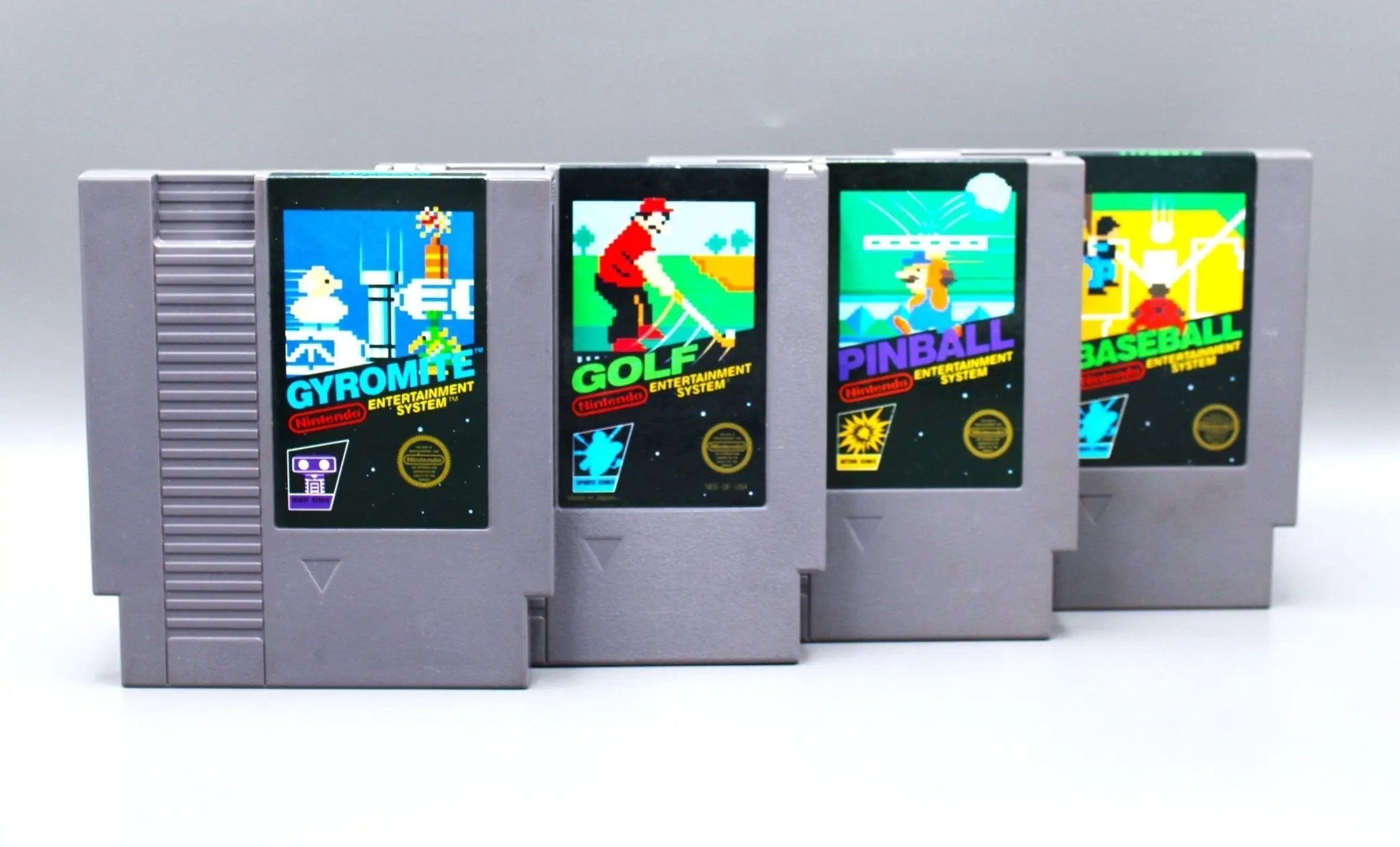
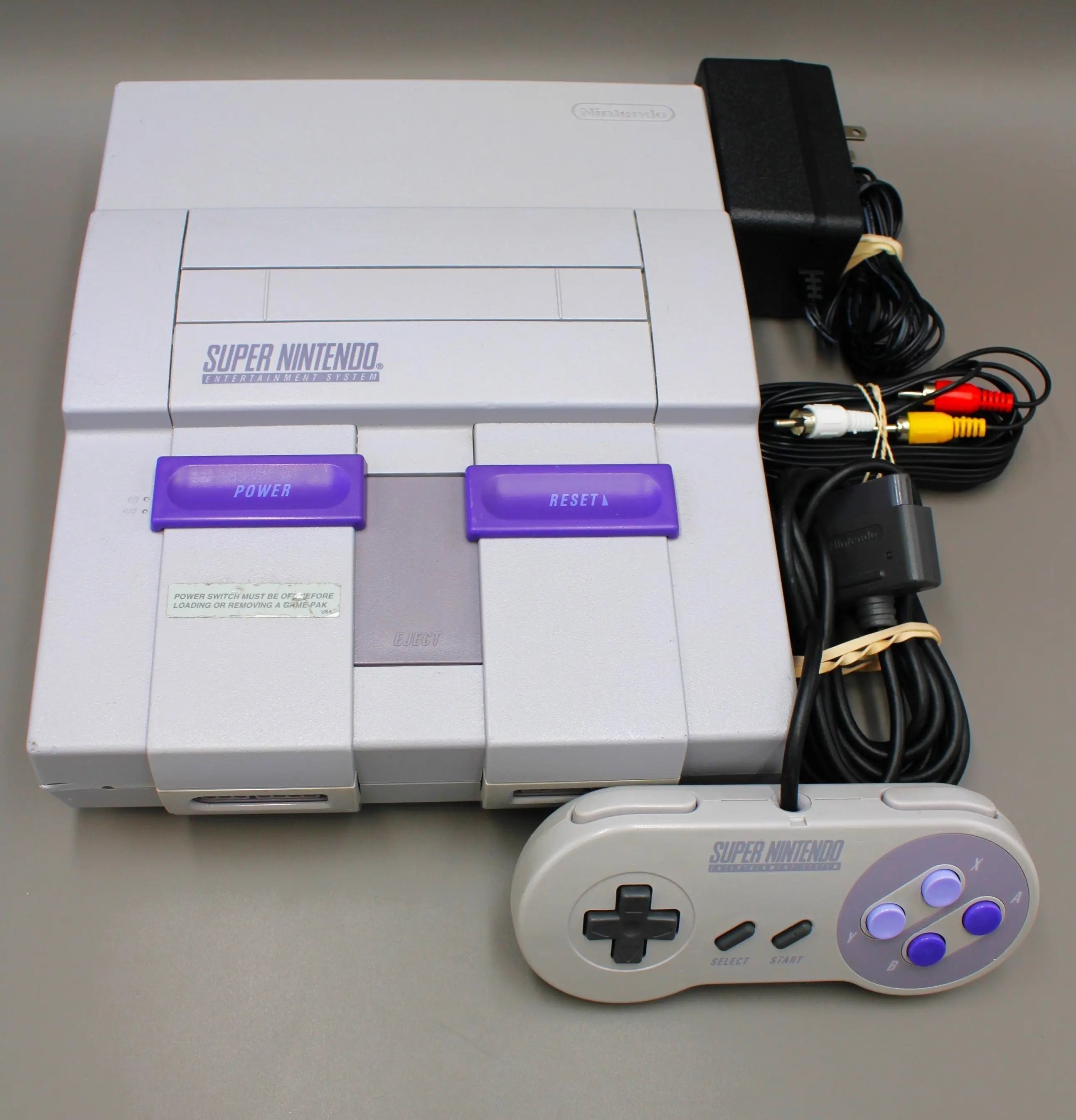
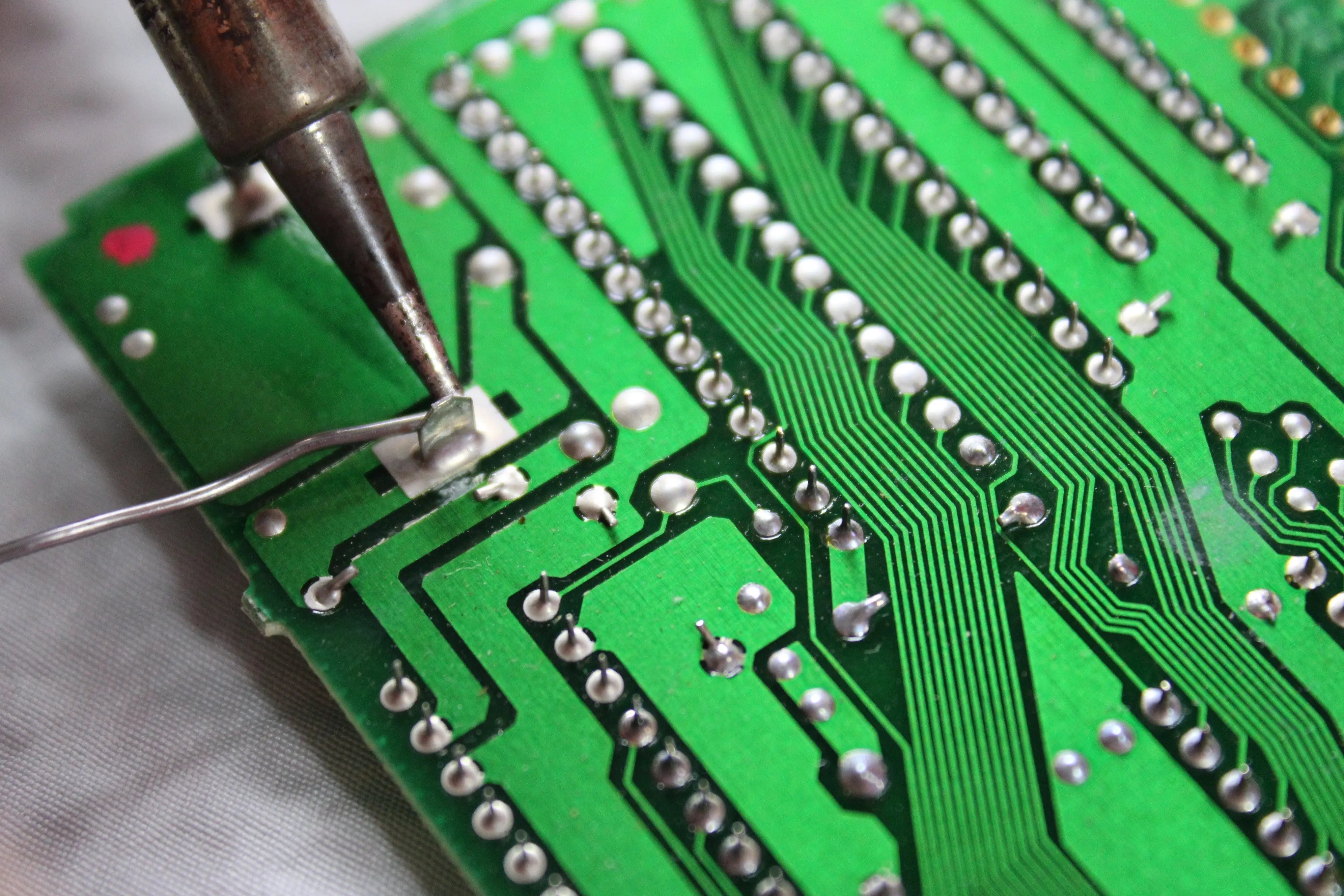
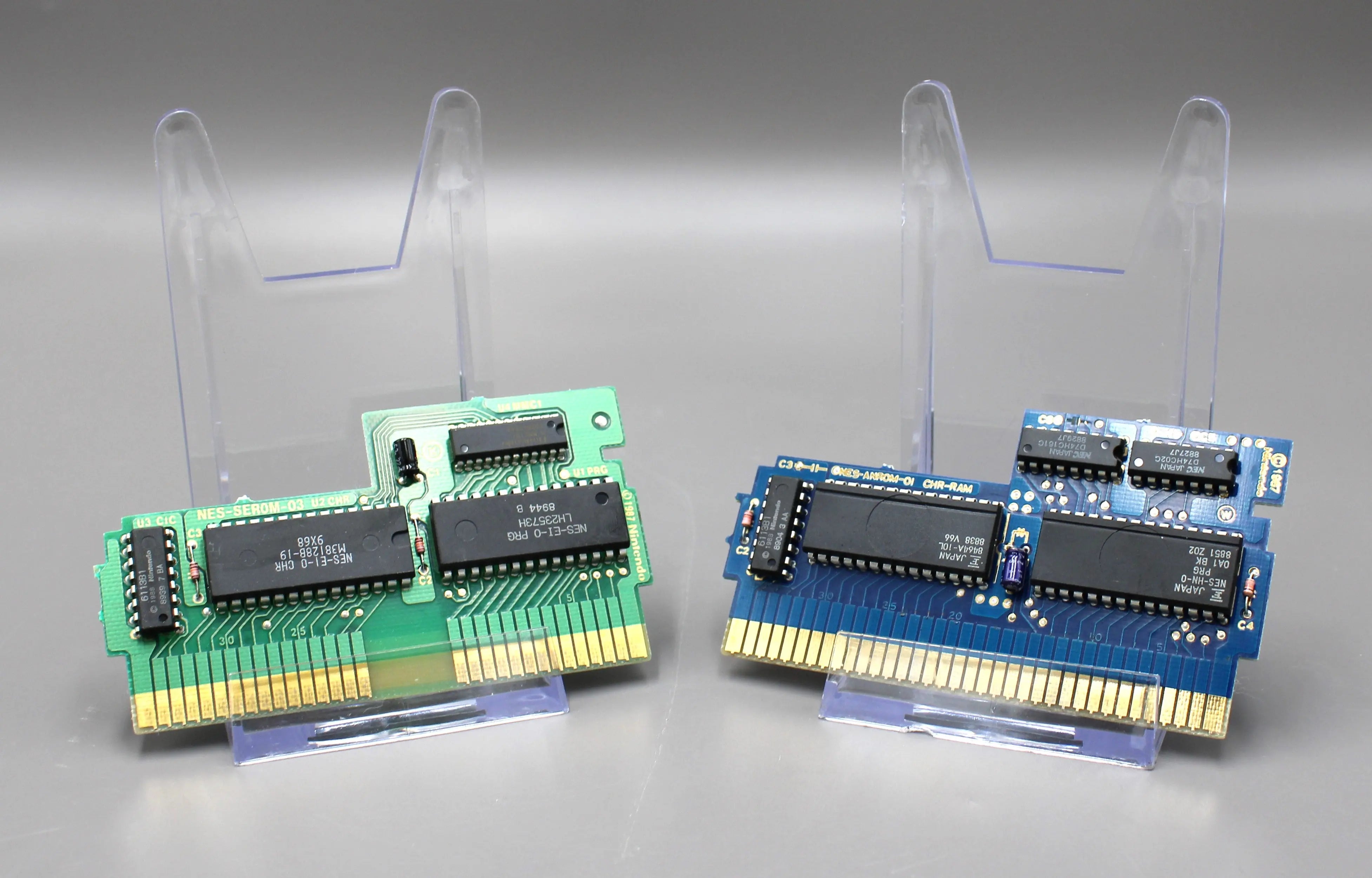
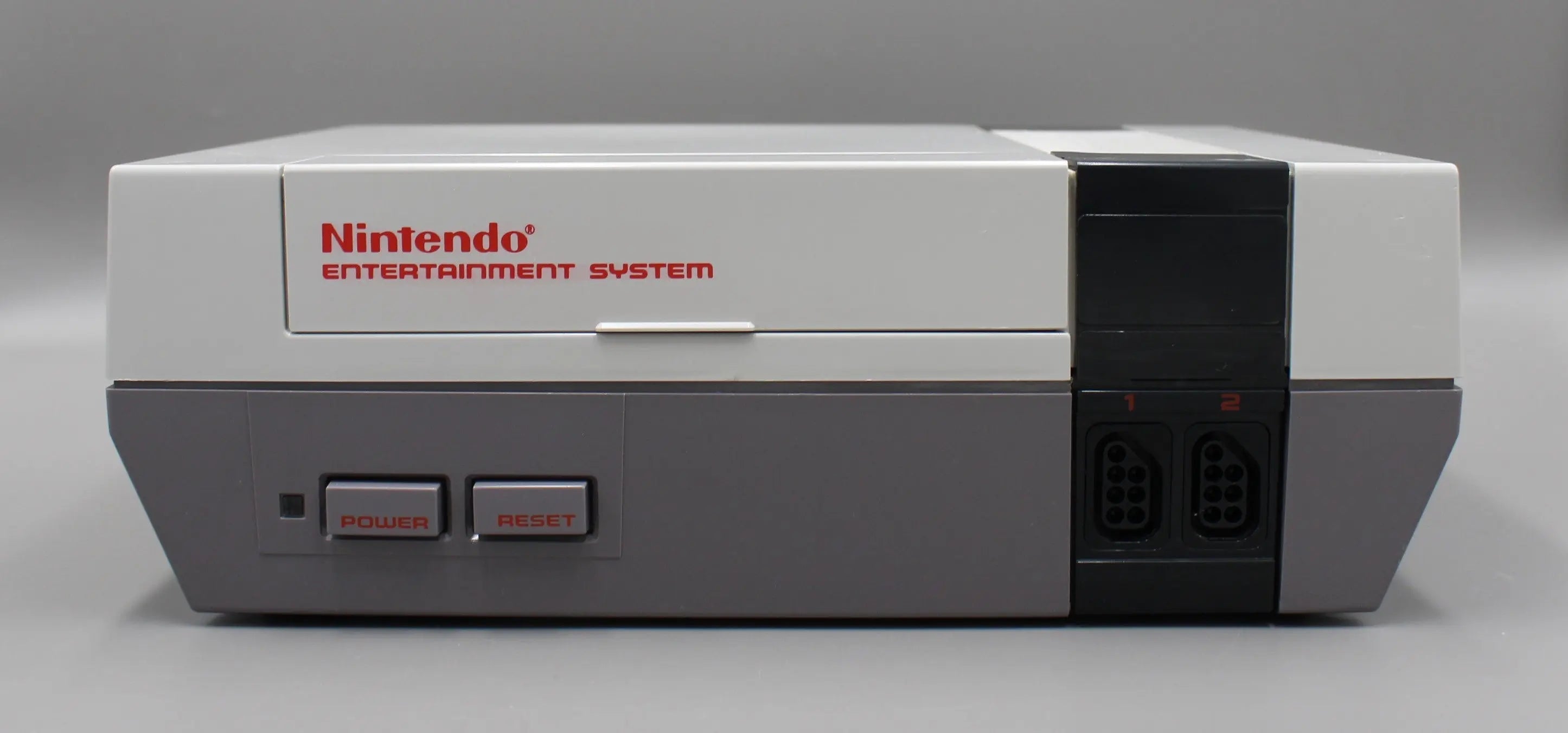
![What Video Game Titles Take a CR2032 Save Battery for the Super Nintendo SNES (Alphabetical List) [NTSC US/Canada]](http://www.videogamegemvault.com/cdn/shop/articles/list-of-super-nintendo-snes-games-that-take-cr2032-save-batteries-alphabetical-555695_973cb5cd-3b54-410a-b4b7-0cbe9d6c9747.jpg?v=1743268093&width={width})